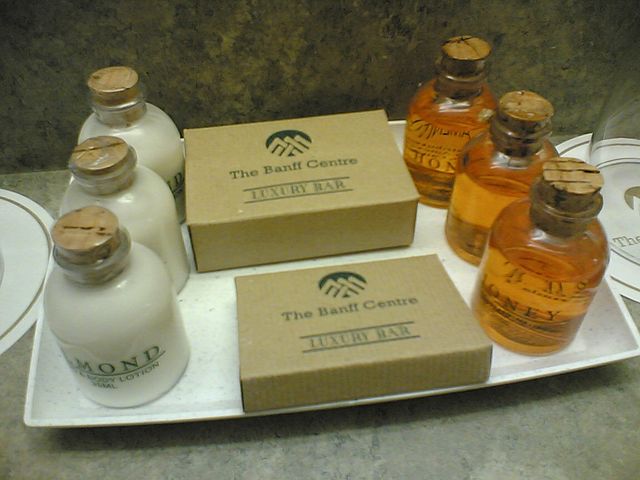Lotion vs Cream
The primary distinction between lotion and cream lies in the viscosity, or thickness, of each product. Both are essential for skin care, as their main functions are to keep the skin hydrated and maintain its soft and supple texture. However, it is important to consider your skin type before deciding which product to use, as some people have particularly dry skin that requires moisturization to prevent skin disorders.
Normal, healthy skin has water retention properties that make it soft and flexible. Layers of oil in the surface layers of the skin prevent water from evaporating from the deeper layers, while the epidermis acts as a natural barrier against foreign elements and excessive moisture loss. Due to factors such as aging and harsh weather conditions, the skin’s ability to retain moisture can be significantly reduced, leading to dry skin and potential skin disorders.
Key Takeaways
- Lotions are thinner, less viscous mixtures of oil and water that are easily applied to large body parts, such as arms and legs. They provide a cooling sensation after application, making them ideal for use in warmer weather. People with eczema or a hairy body may prefer lotions, as they spread more easily than creams.
- Creams are thicker mixtures of oil and water with a higher viscosity than lotions, requiring more vigorous rubbing to be absorbed by the skin. They are often non-greasy and better suited for use in colder weather, as well as on specific body parts, such as the eyes. Anti-aging creams are generally more effective than lotions because they absorb better into the skin.
- The main difference between lotions and creams is their viscosity, but both products work to hydrate the skin and keep it moisturized. The choice between the two depends on personal preference and specific needs, such as skin type and climate.
